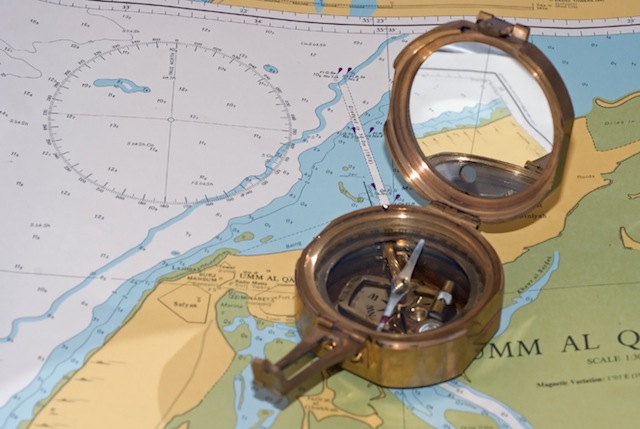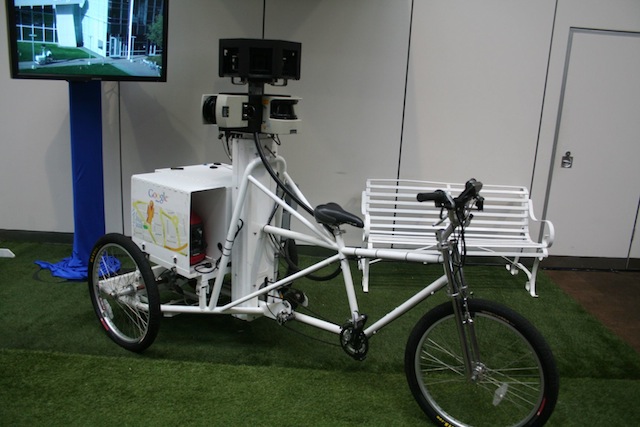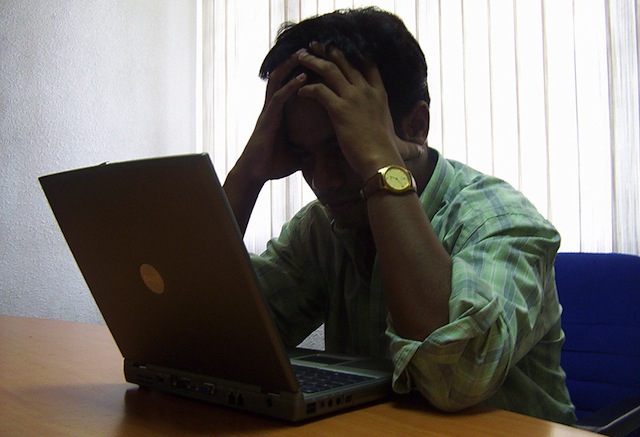“Work the Way You Live” is Google’s motto for their enterprise maps service which the search engine giant hopes to make as ubiquitous in business as it is in the home.
At Google Atmosphere the company showed off their mapping technology and how it can be used by large organisation. It’s a compelling story.
The technology behind Google Maps is impressive – twenty petabytes of images, one billion active monthly users, 1.6 million map tiles served every second and a target of getting those tiles onto the users screen within ten milliseconds.
Maps are one of the Big Data applications that cheap computing makes possible, until a few years ago even desktop computers would have struggled with the sort of mapping technology that we take for granted on our smartphones today.
Rethinking products

Adding mapping technologies to products allows businesses to rethink their products. A good example of this is the internet connected treadmill.
Using the treadmill a jogger, or a walker, can map out a route anywhere in the world and the screen will show them the Google Street View as they travel along the route. The treadmill even adjusts to the changing gradients.
The Google Maps driven treadmill is a trivial example of the internet of machines, but it gives a hint of what’s possible.
The search for truth

The success of a map depends on whether it can be trusted – this is what caught Apple out with their mapping application which was released before it was ready for prime time. Google, and most cartographers, take seriously errors and changes.
In the early days of Google Maps, the company would pass errors and changes onto the private and government mapping providers they licensed the data from. It could take months to fix a problem.
“It was really hard, you have to get maps from all over the world to create the product,” says Louis Perrochon, the Engineering director of google maps for business.
“That’s a limitation if you work with third party data so we started a project called Ground Truth where we build our own maps.”
Google pulls together its Street View data, satellite images and information sent in from the public through their Map Maker site and the Maps Engine Lite to build an accurate map of an area.
Changing consumer behaviour
Having accurate and accessible maps has changed the way consumers have behaved; “this revolution hasn’t happened slowly,” says Google Enterprise Directore Richard Suhr, “it’s happened really quickly.”
“Customers have become savvy about spatial. What this means is that businesses are starting to rethink the problem.”
“What are the exciting things I can do with maps, what else can I do with my data.”
That’s a big question of all businesses – how they use the massive amount of information in their organisation will mark the winners from also runs over the next decade. Maps are one way to visualise their data.
While Google Atmosphere was a marketing event for the companies mapping technologies the message is clear – mapping is changing the way we work and play and it’s affecting business.
How is mapping changing the way your business works?
Similar posts:




